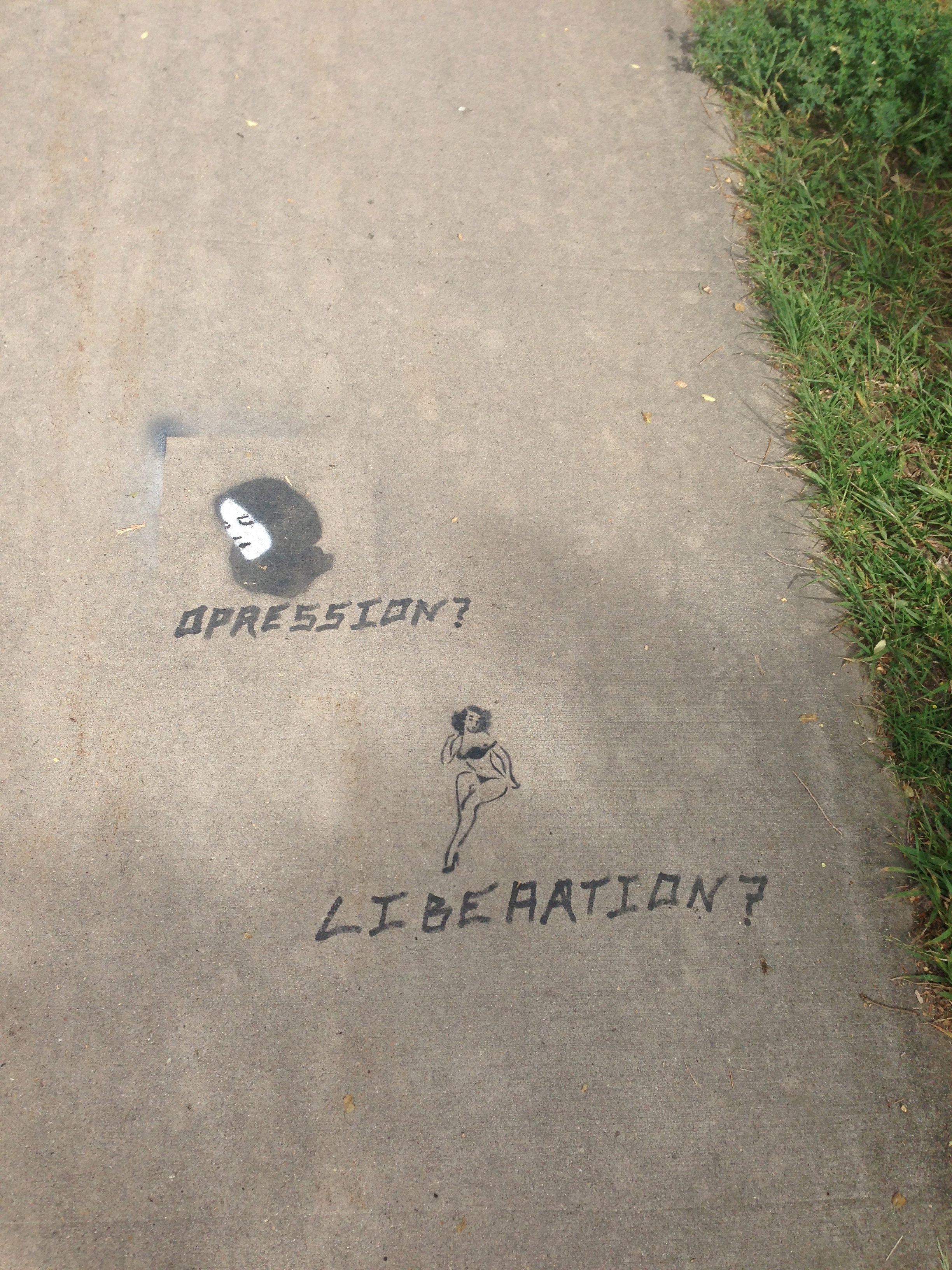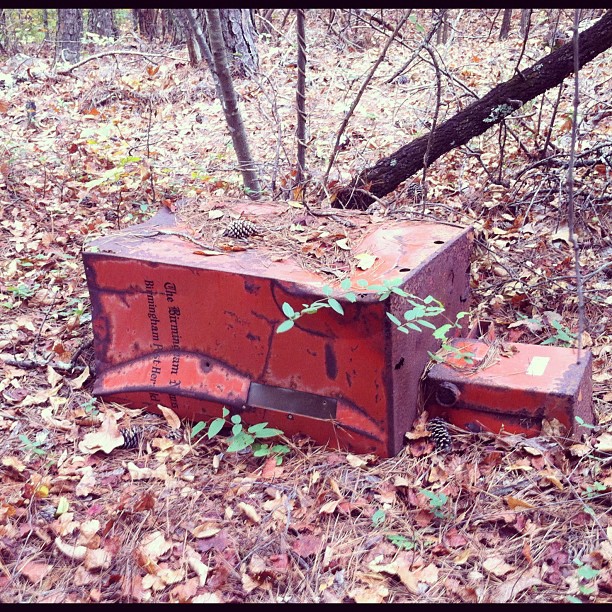Oklahoma ranked 34th and 20th in rounds 1 and 2 of Race to the Top, respectively. Connecticut ranked 25th in both rounds. Florida ranked 4th in both rounds and was awarded $700 million in Round 2 funding.
The difference between setting policy and sponsoring a competition is that it’s difficult to hold competition losers to the rules of the contest once they’ve lost. As states move to comply with the rules of the game they’ve already lost, we’re likely to see them taking their toys and going home. I can’t blame them.
According to this July 3 EdWeek piece, Oklahoma is having a difficult time pulling together the tech necessary to implement the digital edition of the PARCC assessment in the 2015-16 school year.
A survey of the state’s schools found only 20% of the states schools have the banwidth and devices necessary to deliver the assessment, according to EdWeek.
While they’re still planning on PARCC-ing, EdWeek reporter Benjamin Herold writes, “Officials said Oklahoma is not formally withdrawing from PARCC, but the details of how the state will remain involved now that it is not planning to use the consortium’s tests remain unclear.”
In Connecticut, officials have asked permission from federal officials to give schools the choice in which tests to administer to students. A Smarter Balanced state, Connecticut’s governor would like schools to be able “to choose whether to offer the Smarter Balanced test or the Mastery or CAPT test — or both” according to a July 11 article in The Hartford Courant.
Reporter Kathleen Megan suggests the delay in implementing Smarter Balanced testing is needed while teachers adjust to the new Common Core curriculum which is described as “more stringent” than original Connecticut standards.
If this is referring to comparisons such as the Fordham Institute’s 2010 comparison of CT to CC ELA standards, such a claim of stringency would appear apt.
Examining Fordham’s complaints about CT’s reading standards, though, reveals some questionable claims.
The reading expectations generally place as much emphasis on content-less and often unmeasurable comprehension skills and reading “reflection” and “behaviors” as they do on important content. For example:
Make connections to text representing different perspectives [such as] family, friendship, culture and tradition, generating personal and text-based responses [sic] (grade 2)
While it’s likely difficult to evaluate students’ connections to different perspectives, the claim that such skills as the ones above are unimportant is devoid of a basic understanding of the research surrounding what draws students into reading and keeps them there. This is to say nothing of the sustainability of civic awareness for students whose teachers encourage the taking on of multiple perspectives.
While it’s certain that Connecticut English Language Arts standards could likely have been revised toward increased clarity and structure, it’s unlikely they deserved the “D” awarded by Fordham compared to Common Core standards.
This is all to suggest that both Oklahoma and Connecticut are moving in a direction that isn’t directly tied to thoughtful consideration of what is best for their students and teachers.
According to the Children’s Defense Fund’s 2013 report on children in Oklahoma, “A child dies before his or her first birthday every 22 hours” in the state and nearly a third of Oklahoma 19-34 month olds are not fully immunized.
In Connecticut, the two main teachers unions have praised the governor’s request for flexibility. These are the same unions who were on board for the adoption of the new measurements of teacher effectiveness as required for the application for Race to the Top funding when it was first announced at the height of the economic collapse.
The money didn’t come to Connecticut and the state is bracing to take on new standards, tests, and systems of teacher evaluation just the same. With one year of flexibility, it’s likely that teachers will understand that all of the pieces to which their unions agreed are highly stressful and coming without the funding their acquiescences to these changes was meant to attract.
While it’s unlikely RttT losers like Connecticut will completely depart from the suggested path of the contest, there’s no policy or law keeping them from pausing to reflect on the rush of changes and asking, “What are our priorities for the children and adults in our education system based on the expertise of the system?”
To be certain, that dialogue will be better-informed, more thoughtful, and more productive than any policies adopted as part of a race.
What about Florida? That’s a post for tomorrow.




